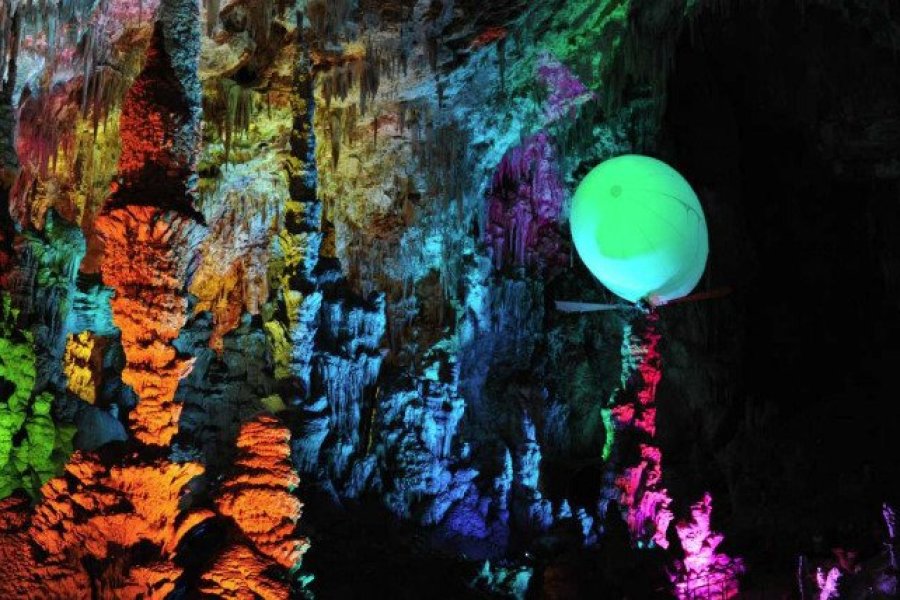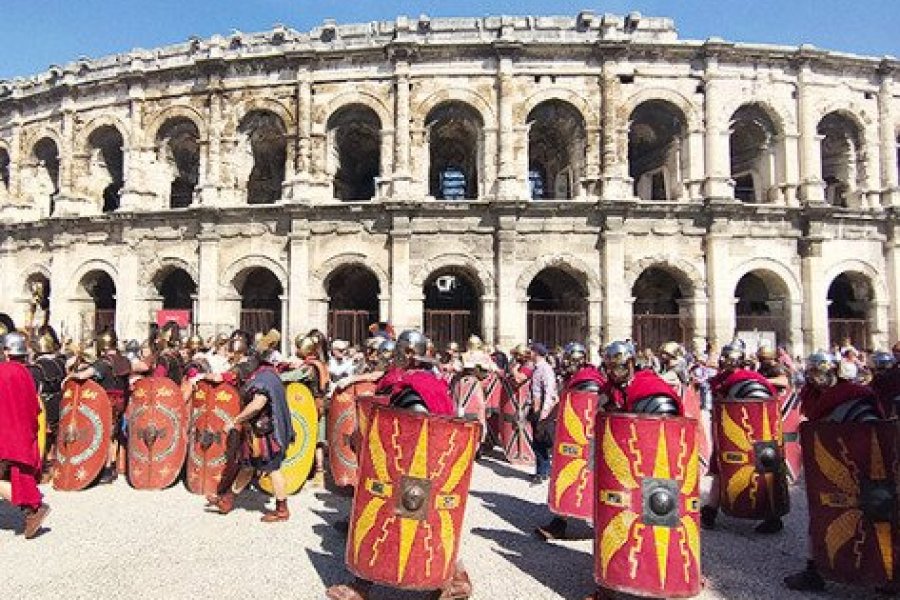
"Immersion": sound and light show at Grotte de la Salamandre
Recommended by Stéphan SZEREMETA
The Grotte de la Salamandre presents its latest show, "Immersion", a sensory experience combining sound and light in the Grande Salle. Audiences ...

Recommended by Stéphan SZEREMETA
The Grotte de la Salamandre presents its latest show, "Immersion", a sensory experience combining sound and light in the Grande Salle. Audiences ...

Recommended by Tanguy REVAULT
From 05/03/2024 to 05/05/2024 : Nîmes is home to some of the best-preserved Roman monuments in the world. An ideal backdrop for the springtime "Journées Romaines". For 3 days, ...